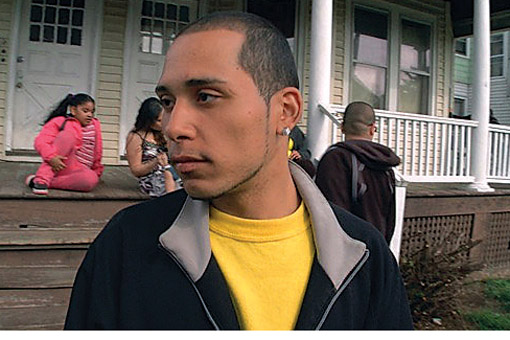The U.S. holds the sad distinction of putting more people behind bars than any other country in the world—over 2.4 million people in prisons and jails. Many of the most brutal and depressing facilities—and those inside them—are tucked out of public view. A group of Connecticut film makers, however, managed to penetrate the veil of secrecy surrounding one such facility.
The filmmakers, from Yale Law School’s Visual Law Project, took their cameras to the Northern Correction Institution near Somers, Connecticut, to document the effects of prison life on inmates, corrections officers and their families. Their 30-minute documentary, The Worst of the Worst: Portrait of a Supermax Prison, paints a grim picture of the conditions faced by Northern’s inmates and, by extension, the 80,000 prisoners in solitary confinement in the United States.
Northern, opened in 1995, is a super-maximum security (supermax) institution, housing 227 inmates judged too dangerous for normal prison facilities and prohibited from any human interaction for 23 hours per day.
The film graphically explores the psychological toll solitary confinement takes on prisoners. Hallucinations and suicidal tendencies are common. At the same time, corrections officers experience their own traumas, compounded often by the guards’ unwillingness to discuss their emotions. Many suffer from post-traumatic stress disorder.
The prisoners, meanwhile, are not always the hardened criminals that they are made out to be. Many end up in supermax facilities after accruing disciplinary tickets for minor infractions in lower-security institutions.
Ultimately, The Worst of the Worst aims to inspire prison reform and challenge the notion that supermax facilities house the “worst of the worst.”
“The full-circle approach to telling the story of Northern left us with the conclusion that the institution harms everyone it touches… this institution is the worst of the worst,” says Assem Mehta, one of the filmmakers.






